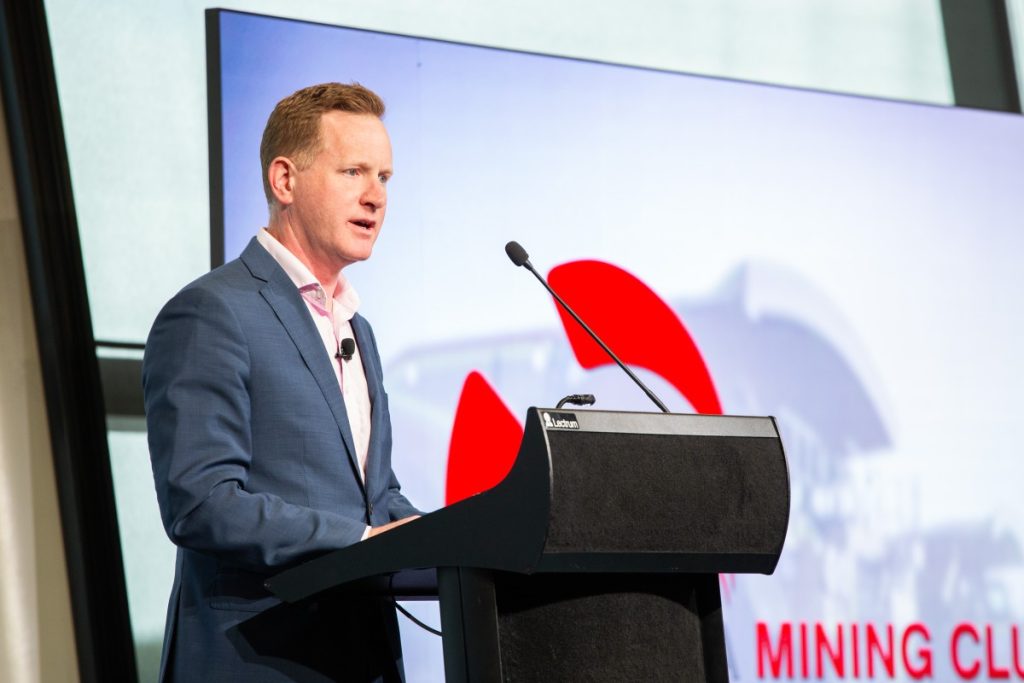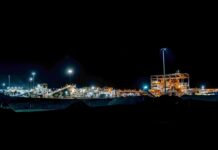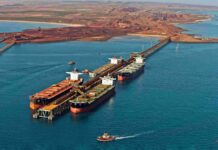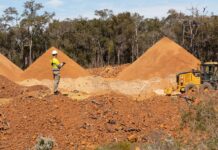Flight of capital risky for Australian mining: Northern Star’s Stuart Tonkin

Northern Star Resources (ASX: NST) managing director Stuart Tonkin spoke on the company’s record FY24 at the WA Mining Club August luncheon.
The gold producer saw record cash earnings in FY24 of $1.8b plus revenue of $4.92b, crediting these results to the strong operational performance across its Kalgoorlie and Yandal production centres in WA, plus its Pogo production centre in Alaska.
Looking forward, Mr Tonkin says one of the biggest threats to the Australian mining sector is the global risk of the flight of capital.
“You need business planning runway,” he said.
“As [rules] start to modify and change, companies need time.
“What the nation doesn’t quite realise is that the money will go.
“It will leave Australia and it will go somewhere else.
“There are nations that are inviting investment and relaxing and fast-tracking things, so sadly we will miss out if we are not careful.”
One way for Australia to remain competitive to global investors is by leveraging its ESG credentials.
“The mining sector respects and preserves and looks after heritage, it looks after communities,” Mr Tonkin said.
“This isn’t a binary thing saying, ‘we just want to go and dig holes wherever we want.‘
“We need to highlight that we are world class at protecting things that matter.
“Look at the governance and structures in place that are protecting those ideal things, to the point where we are asked to export that skill set internationally and we are invited into lots of nations to bring and transpose that Australian outlook.
“Risk is always there… but we are in a pretty good place here in WA.”

Mr Tonkin says Northern Star is positioned as an ASX top 50 company and is a top 10 global gold producer.
“When you look at the gold sector, there are not a lot of levers you can pull to create value,” he said.
“Gold price goes up and down but it’s out of our control.
“To create value in a gold company, we can drop our unit costs, increase our production or extend mine life.”
Despite this, Mr Tonkin says there are three key ingredients that have allowed Northern Star to achieve results: minerals, maths and motivation.
“The minerals part for us is gold,” he said.
“That’s something we can sell — if we don’t have any gold we are closed.
“The maths part is the smarts, the theory, the modelling the assumptions we put in for the business case to say, ‘there is a plan that is profitable.’
“The final piece is the key that a lot of people don’t have: the motivation.
“Someone actually has to go and do the work; our team is not afraid of hard work.”
Gold producers will have to remain flexible in coming years, as S&P Global reports the future of gold supply is a mixed bag.
According to the S&P Global Market Intelligence Major Gold Discoveries report, gold from major discoveries has grown 3% between 1990 and 2023, but the impact of recent discoveries remains scarce.
There have been only five major discoveries with a total of 17moz of gold since 2022, underscoring S&P Global’s view that decadelong focus on older and known deposits is limiting the chance of finding huge discoveries in early-stage prospects.
According to S&P Global, gold supply is expected to peak in 2026 at 110moz, primarily driven by increased production in Australia, Canada and the US. Supply is expected to then fall to 103moz in 2028, alongside a decline in supply from those countries.






















